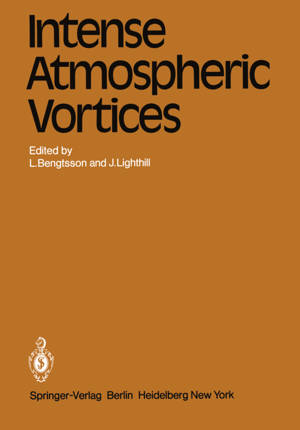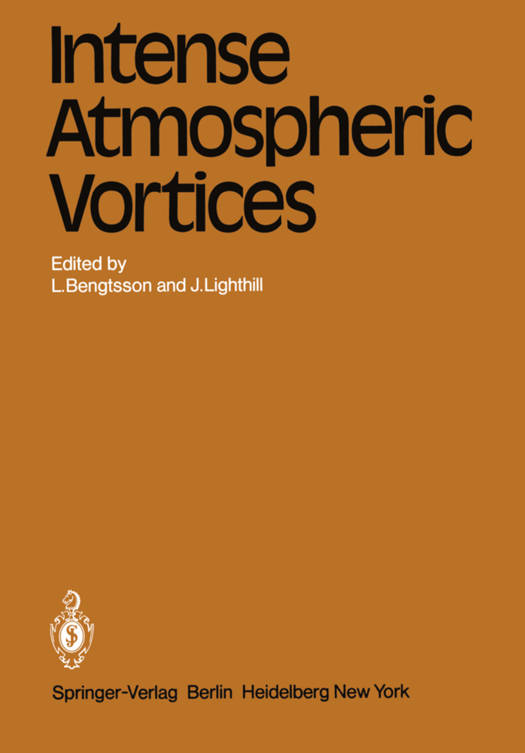
- Afhalen na 1 uur in een winkel met voorraad
- Gratis thuislevering in België vanaf € 30
- Ruim aanbod met 7 miljoen producten
- Afhalen na 1 uur in een winkel met voorraad
- Gratis thuislevering in België vanaf € 30
- Ruim aanbod met 7 miljoen producten
Zoeken
Intense Atmospheric Vortices
Proceedings of the Joint Symposium (Iutam/Iugg) Held at Reading (United Kingdom) July 14-17, 1981
€ 181,95
+ 363 punten
Omschrijving
The concept of vorticity is of central importance in fluid mechanics and the change and variability of atmospheric flow is dominated by transient vortices of different time- and space scales. Of particular importance are the most in- tense vortices such as hurricanes, typhoons and tornadoes which are associated with extreme and hazardous weather events of great concern to society. In recent years the un- derstanding of these phenomena has grown due to increased and improved surveillance by satellites and aircraft as well as by numerical modelling and simulation, theoretical studies and laboratory experiments. The symposium on "Intense Atmospheric Vortices" was held at the European Centre for Medium Range Weather Forecasts (ECMWF), Reading, England, July 14-17, 1981. The subject area of the Symposium was concerned with observational work, experimental models, theoretical and numerical studies in- volving hurricanes, typhoons, tornadoes and related pheno- mena. The aim was to bring together experts on these meteo- rological processes and on the fundamental fluid-dynamic mechanisms for vorticity intensification from all parts of the world. Thirtyfour scientists participated in the Sympo- sium, including more than half of those leading world ex- perts in the field whom the organizers had invited.
Specificaties
Betrokkenen
- Uitgeverij:
Inhoud
- Aantal bladzijden:
- 326
- Taal:
- Engels
- Reeks:
Eigenschappen
- Productcode (EAN):
- 9783540116578
- Verschijningsdatum:
- 1/08/1982
- Uitvoering:
- Paperback
- Formaat:
- Trade paperback (VS)
- Afmetingen:
- 170 mm x 244 mm
- Gewicht:
- 548 g

Alleen bij Standaard Boekhandel
+ 363 punten op je klantenkaart van Standaard Boekhandel
Beoordelingen
We publiceren alleen reviews die voldoen aan de voorwaarden voor reviews. Bekijk onze voorwaarden voor reviews.







